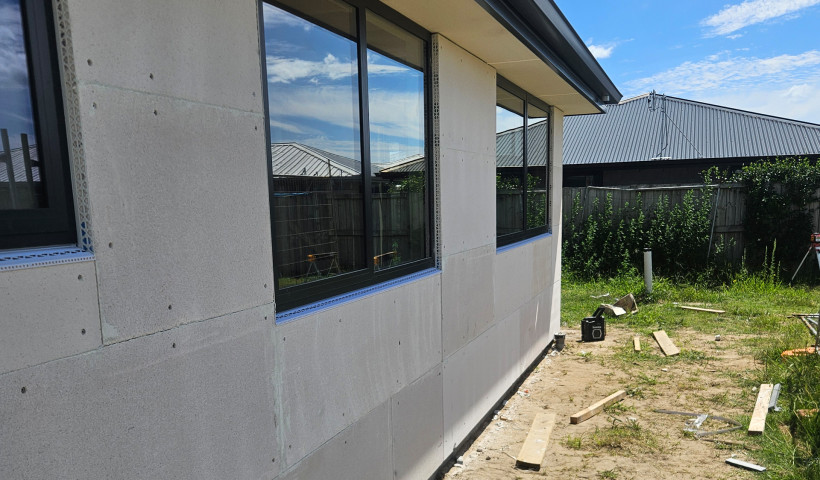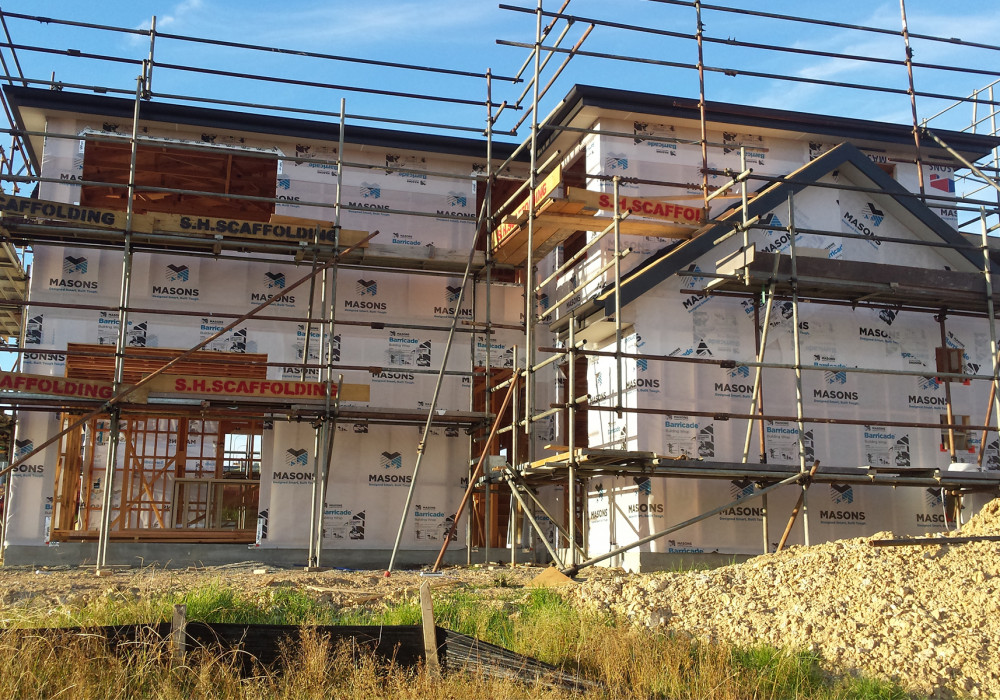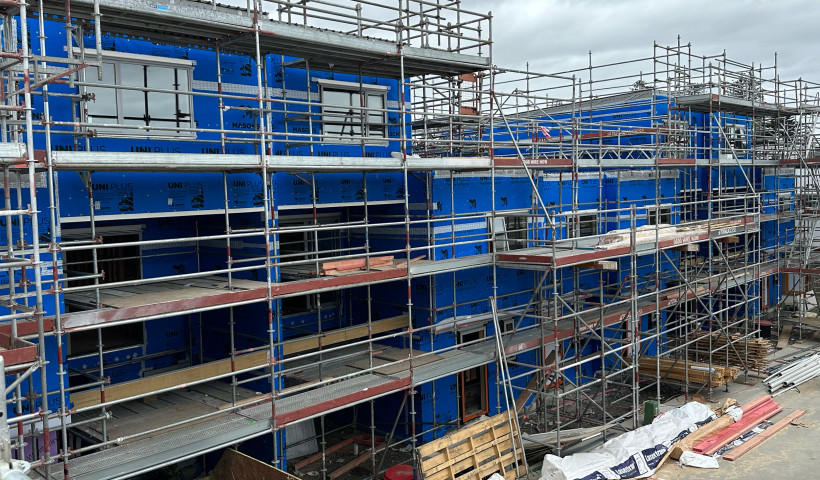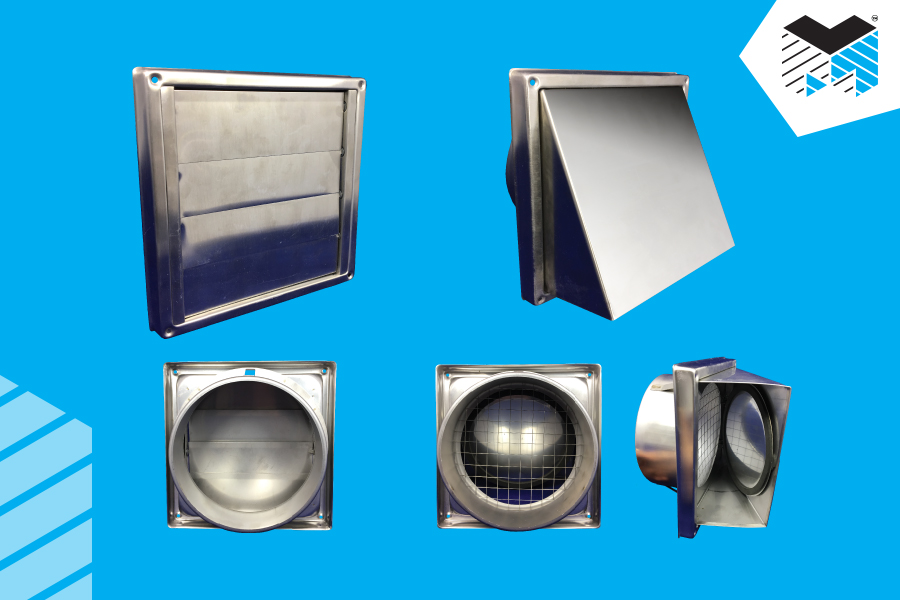
Building a warm, dry, healthy home requires a wrap around solution to weather-tightness, and building wrap provides that solution. Air, laden with water vapour, can sometimes move through tiny gaps and cavities in the exterior walls and through the lining, so a breathable type wall wrap should always be used. Breathable wraps avoid water condensation and pooling, which create conditions for rot and fungal growth. Some new generation wraps also include anti-fungal features.
The importance of specifying a building wrap
Building wraps need to be compatible with the cladding
Andy Lindsay from Masons Plastabrick says when choosing a wrap it is best to look at what is going over the top. "The selection of cladding and building wrap is critical, they have to work together. For example, absorbent wraps draw moisture from the frame and the water tracks down to the outside," says Lindsay. "If you are putting a direct fix absorbent cladding over the wrap and you use an absorbent wrap, they are competing against each other. Similarly, moisture would sit between a non-absorbent wrap used with a non-absorbent product such as metal and could create issues."
The construction is relevant to the choice of building wrap
House cavities
Cavities are designed to protect timber framing from occasional leaks via a gap, which allows water to drain down the back of the cladding and out through the base of the cavity. Any remaining moisture within the cavity is able to dry through ventilation provided along the bottom edge of the cavity. Masons' Barricade Building Wrap is a breathable, waterproof wrap suitable for use with all cladding systems with a cavity. Masons FR1 is absorbent and therefore suitable for direct-fixed and/or non-absorbent claddings.
Council requirements
Wind zones
NZS 3604 outlines the air resistance and wind zones for which the wrap is tested.
Fire ratings
This applies particularly to buildings such as apartments, however fire safety can be compromised if insulation is installed over or around appliances that heat up, such as recessed lights. Fires have occurred in buildings where insulation has been in direct contact with recessed lights. Fire rated building wrap held in place over insulation with wrap straps keeps the insulation in place and prevents it catching fire to a tested standard.
Building wrap appraisals
CodeMark certification is a product certification scheme established by the Building Act 2004 and administered by the Department of Building and Housing. Any building consent authority must accept CodeMark-certified products as complying with the Building Code, as long as the products are used as specified, which means CodeMark products pass easily through building inspections and other processes.
Products including Mason's new FR1 Building Wrap meet the requirements and are Code Marked. FR1 has the highest fire rating, of any absorbent building wrap on the New Zealand market.













 New Products
New Products
















 Popular Products from Masons
Popular Products from Masons


 Most Popular
Most Popular


 Popular Blog Posts
Popular Blog Posts
